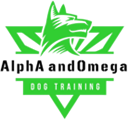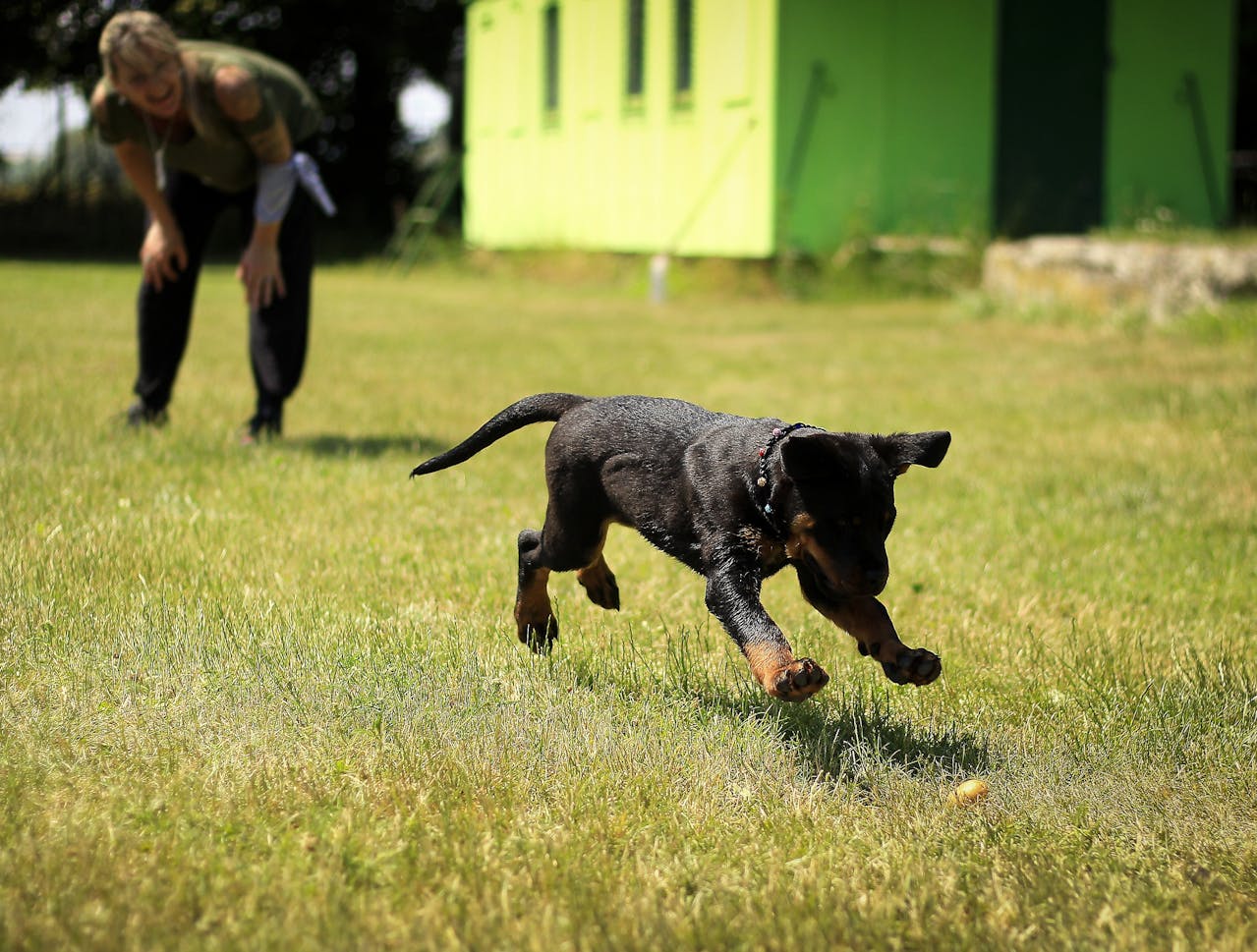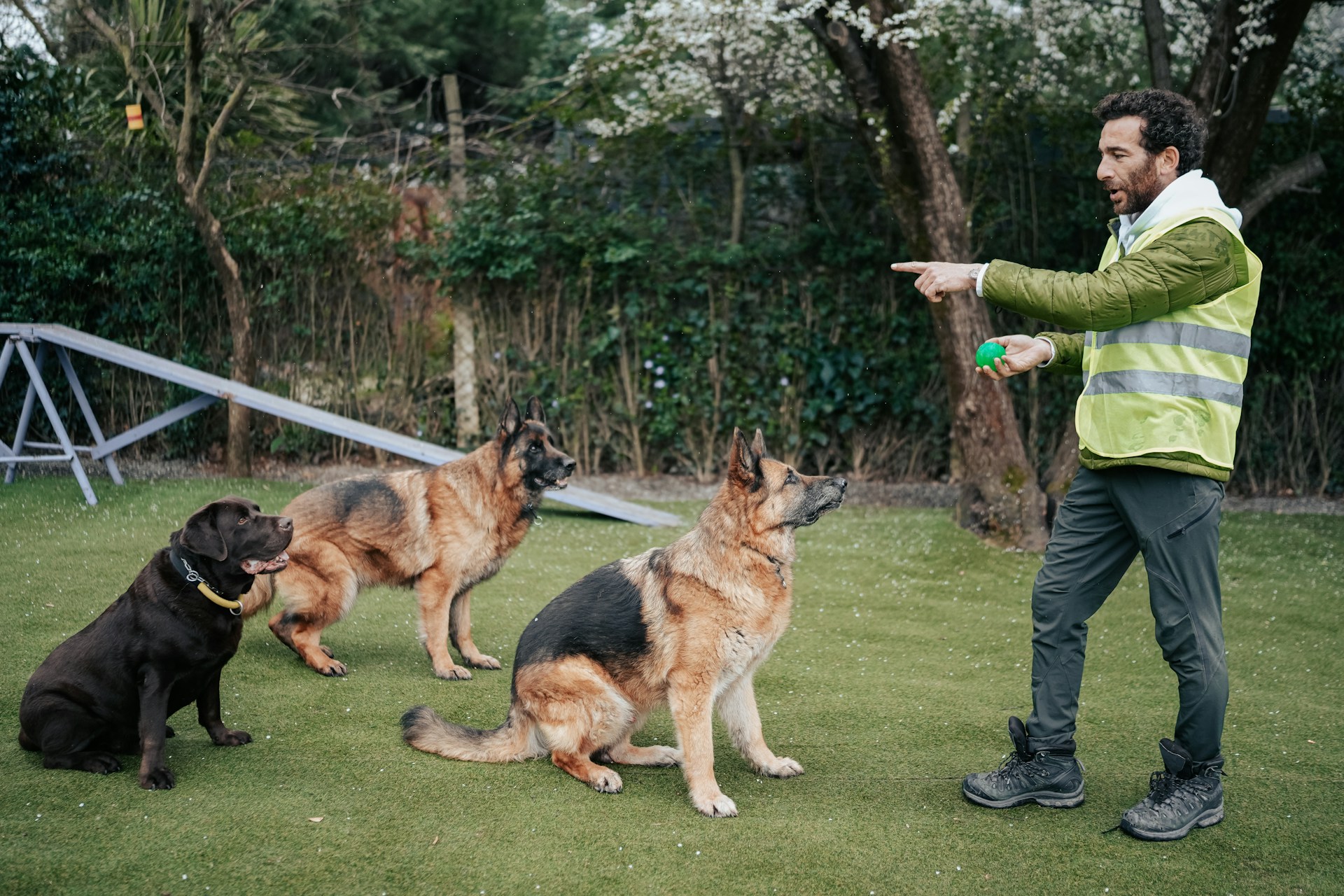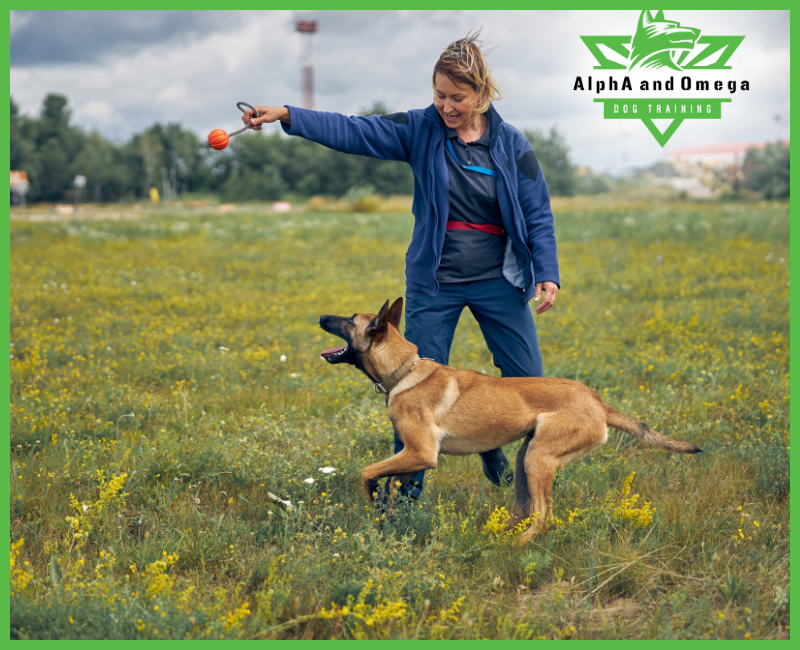Raising a puppy comes with equal parts joy and challenge. These little furballs bring endless love and unexpected surprises into our lives. Whether it’s watching them explore their new surroundings or dealing with their playful antics, every day becomes an adventure filled with laughter and learning. However, with their boundless energy can come some bumps in the road as they adapt to their new home. One aspect that many new puppy owners find particularly challenging is crate training. Establishing a successful crate training routine can provide your puppy with much-needed structure and security.
When it comes to crate training, it’s much more than just placing your puppy in a box when you’re out. It’s about creating a safe and comforting environment that encourages good behavior and independence. Crate training helps with potty training, reduces stress when traveling, and provides a cozy den that’s all theirs. It’s not an overnight transition and requires patience and understanding. The reward, though, is a well-adjusted pup who feels safe and secure in their own space.
The Benefits of Crate Training
An important benefit of crate training is that it offers a secure space for your puppy. Much like how humans appreciate a relaxing retreat at the end of the day, puppies enjoy having a spot where they can unwind. A crate provides a sense of shelter, making it an essential place for naps or a quiet escape from the hustle and bustle of a busy household.
Another significant advantage is how crates simplify the potty training process. Puppies have a natural instinct to avoid soiling their sleeping area. By strategically using this instinct, you can encourage your puppy to develop a routine and minimize clean-up around the home. Establishing a schedule where the puppy is taken outside at regular intervals reinforces bathroom habits and helps them understand expectations and feel more settled.
Crates also offer support in managing separation anxiety. Dogs are social creatures and often feel uneasy when left alone. With thorough crate training, your puppy learns to associate the crate with safety, which can ease the anxiety felt during times of separation. Initially, you might need to gradually increase the time your puppy spends in the crate while you’re nearby, slowly helping them feel more comfortable by themselves.
Here’s a quick look at some benefits of crate training:
– Provides a consistent space where your puppy feels safe and protected
– Supports potty training by utilizing your puppy’s instinct not to soil their sleeping area
– Helps with separation anxiety, allowing your puppy to feel secure even when left alone
Incorporating gentle guidance and steady routines will build your puppy’s confidence and ensure they adapt smoothly to their new home environment. Crate training becomes a valuable tool to nurture a balance between loving companionship and independence, setting the stage for a lifetime of healthy habits and happy experiences.
How to Get Started with Crate Training
Beginning crate training can seem overwhelming at first, but breaking it down into manageable steps helps both you and your puppy transition smoothly. First, find the right crate size and type. It’s important to pick a crate that is large enough for your puppy to stand, turn around, and lie down comfortably. A crate that’s too large might encourage accidents in one corner. Crafting that cozy-den vibe is key, so include a soft bed or some of their favorite toys.
Introducing your puppy to the crate is your next step. You want them to think of it as their personal space, not a place of confinement. Start by leaving the crate door open and placing treats or toys inside. Let them investigate at their own pace and praise them when they step inside. Through positive reinforcement, they’ll start associating the crate with good things.
Gently increase crate time as your puppy grows comfortable by letting them spend short periods with the door closed while you’re nearby. Slowly lengthen this time, always ensuring they’re calm before you let them out. This gradual process helps them feel less anxious about being crated and allows them to see it as part of their daily routine.
Common Mistakes to Avoid
Even with the best intentions, there are some pitfalls during crate training that you should watch out for. It’s crucial to avoid using the crate as a form of punishment. This shifts your puppy’s perception from it being a safe space to a place of fear and can undo progress made over time.
Ignoring your puppy’s signals is another common mistake. If they’re restless, whining, or barking excessively, it might be a sign they need to go outside or aren’t quite ready for extended crate time. Your dog is trying to communicate with you, so pay attention and respond to what they need.
It’s tempting when you’re busy to leave your puppy in their crate longer than they should be. While crates are handy tools, they shouldn’t replace exercise and quality time. Puppies need interaction and play, so ensure they’re getting plenty of both.
Tips for Successful Crate Training
Making crate training seamless demands consistency and care. Here are some tips to help:
– Establish a routine: Consistent feeding, potty, and crate schedules can make a world of difference.
– Make the crate a positive place: Add soft bedding, a favorite toy, or a treat to create a welcoming environment.
– Practice patience: Every puppy learns at their own pace, and pushing too hard can hinder progress.
By nurturing consistency and understanding, crate training becomes an effective way to balance pet care and daily life, creating an environment where both you and your puppy can thrive.
Wrapping Up Your Crate Training Journey
As you help your puppy through crate training, celebrating small victories keeps motivation high. Each successful moment strengthens trust between you and your puppy, paving the way to a well-behaved furry friend. Mistakes might happen, but they’re simply learning opportunities that enrich the journey.
Remember, if you find yourself struggling or just need some guidance, seeking professional advice can make all the difference. With continued support, your puppy will grow into a confident, happy member of your family, making every effort and every patient moment well worth it in the end.
If you’re in Cleveland and looking for expert help with crate training a puppy, Alpha and Omega Dog Training is here to guide you. Our experienced team can help make the process smoother and more effective, ensuring your puppy grows into a well-behaved companion. Let us be part of your journey to raise a confident and happy pup.





